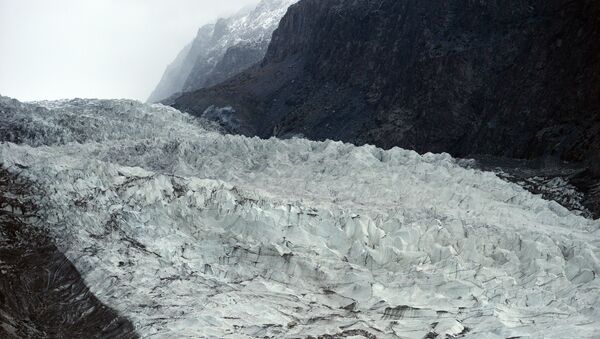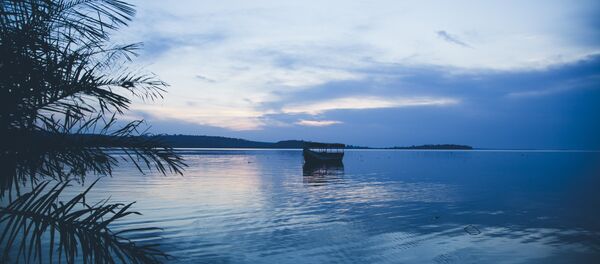"Presently, glacial melting is a major global warming-induced risk Pakistan is grappling with. Other risks include sea-level rise, floods, higher than average temperatures, a higher frequency of droughts and expanding desertification," Pakistan's Deputy Director and a spokesman at the Ministry of Climate Change Mohammad Saleem Shaikh told APP news agency.
Flows of glacial streams that feed the 3,500 kilometers-long Indus River increased to above normal and high levels during summer months and it clearly indicates that the country's glaciers are melting rapidly. Moreover, the mountain streams now flow even in winter, never observed until a couple of years ago, the ministry spokesman said.
"Temperatures in most of the mountainous valleys never used to go beyond 30 degrees Celsius during the summer time but now it surpasses 40 degrees Celsius at times," he added. The temperature rise has been a cause of the rainy season's expansion and reduction of the snowfall period, what makes it difficult to form glacier ice.
Fading glaciers pose severe risks not only to lives of the people and infrastructure in the areas, but also to the sustainability of the agriculture sector, which is a mainstay of the Pakistani economy, Mohammad Saleem said. The negative impacts can be lessened by adaptation measures, such as water conservation in domestic and industrial spheres, especially in agriculture, which consumes nearly 96% of total water available in any form. The spokesman also noted that nation-wide public awareness for wise use of the water resources is needed. Wastage of the natural resource should be made a punishable crime.




